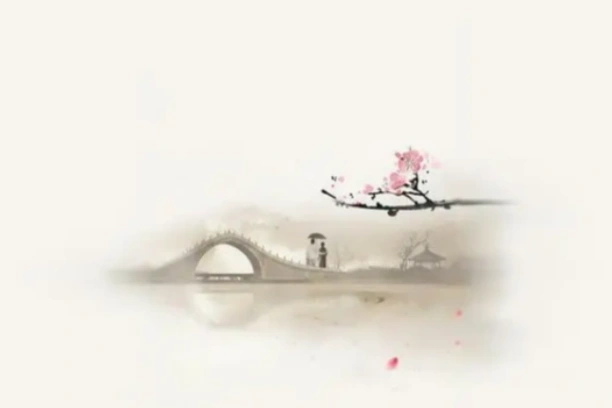
The door of Ch’an is entered by Wu. When we meditate on Wu we ask “What is Wu?” On entering Wu, we experience emptiness; we are not aware of existence, either ours or the world’s.
E-MAIL: admin@relaxmid.com

Although the methods of tso-ch’an given above are simple and straightforward, it is best to practice them under the guidance of a teacher. Without a teacher, a meditator will not be able to correct beginner’s mistakes, which if uncorrected, could lead to problems or lack of useful results.
In practicing tso-ch’an, it is important that body and mind be relaxed. If one is physically or mentally tense, trying to do tso-ch’an can be counter-productive. Sometimes certain feelings or phenomena arise while meditating. If you are relaxed, whatever symptoms arise are usually good. It can be pain, soreness, itchiness, warmth or coolness, these can all be beneficial. But in the context of tenseness, these same symptoms may indicate obstacles.
For example, despite being relaxed when doing tso-ch’an, you may sense pain in some parts of the body. Frequently, this may mean that tensions you were not aware of are benefitting from the circulation of blood and energy induced by meditation. A problem originally existing may be alleviated. On the other hand, if you are very tense while doing tso-ch’an and feel pain, the reason may be that the tension is causing the pain. So the same symptom of pain can indicate two different causes: an original problem getting better, or a new problem being created.
A safe and recommended approach is to initially limit sitting to half an hour, or two half-hour segments, in as relaxed a manner as possible. This refers not only to your inner, but also your outer environment. For beginners, if the mind is burdened with outside concerns, it may be better to relieve some of these burdens before sitting. For this reason, it is best to sit early in the morning, before dealing with the problems of the day. Sitting times may be increased with experience. But people who do tso-ch’an for extended periods may become so engrossed in their effort that they may not recognize their tensions. This frequently exists because their minds are preoccupied getting results. So to work hard on tso-ch’an means to just put your mind on tso-ch’an itself. If you can just do that, there is no need for tension to arise. On the contrary, deeper relaxation, and calming of the body and mind should result.
PREVIOUS: Regulating the Mind by watching the Tan-t’ien 丹田 | TSO-CH’AN
NEXT: The Tso-ch’an of “Outer Paths” 外道禪 | TSO-CH’AN
